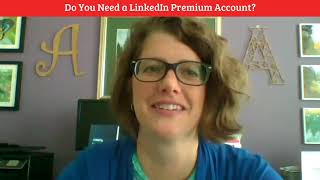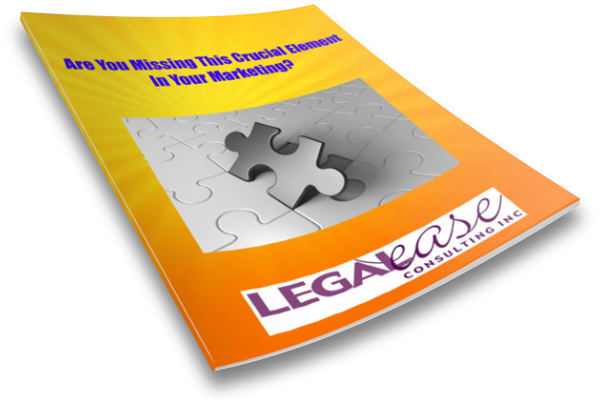Do you need a premium account to get the most out of LinkedIn?
This might be the single most common question I get when speaking or training on LinkedIn. And while I will say that my co-author on Make LinkedIn Work for You, A Practical Handbook for Lawyers and Other Legal Professionals is a firm devotee of the premium version, I personally have always used the free version and found it to be entirely adequate for my purposes. However, there are some situations when a premium account might make sense for you.
There are several different kinds of LinkedIn premium subscriptions, for different purposes. For example, there are LinkedIn Career accounts that can be helpful if you’re looking for a job, Recruiter accounts if you’re responsible for hiring that can help you locate and communicate with potential job candidates, Sales Navigator accounts that help you find sales leads and Business Accounts.
What’s the difference between the free and premium versions of LinkedIn?
The main differences between the free accounts and the various premium accounts are:
In Mail: Premium LinkedIn Accounts give you additional “In Mail” messages, meaning you can contact people who are outside of your network more easily. With a free account you only get 3 In Mail messages; premium accounts provide more, depending on which subscription you have.
Who’s Viewed Your Profile: LinkedIn Premium account subscribers will get more insights and see more information about the people who have viewed their Profile than you will get with a free account. This is one of the main reasons my co-author is a fan of Premium accounts – he likes to see who’s looking at him on LinkedIn.
Search results: Similarly, with a premium account, you’ll get more results in your searches and be able to view more profiles of people who appear in your search results – up to third level connections. But with a well-crafted search, the 100 results you’ll get with a free account should be plenty in most circumstances.
Some of the premium plans, such as the Sales Navigator plan, also include additional search filters that can help you locate and save leads.
Additional advantages: There are other advantages as well, such as access to courses through LinkedIn Learning, and additional business insights about companies on LinkedIn.
In general, for most of my clients, unless you’re actively looking for a job, or are in charge of hiring for your firm, I recommend that you start with a free account. In my experience, most lawyers (and other business professionals) are only using a fraction of what is available on the free version. Once you start actively using LinkedIn on a regular basis, if you find that you are being prevented from finding or viewing information that is important to you, you can always try one of LinkedIn’s premium subscriptions for free for 30 days.
Want more information about how to use LinkedIn? Pick up a copy of Make LinkedIn Work for You on amazon.com, join our on-demand LinkedIn Essentials course, or contact me for one on one guidance.
Check out my other LinkedIn videos here:
- Where to Find Images for Your Marketing
- What Does It Mean To Be Yourself And Add Value On Social Media?
- Should You Use AI to Post on Social Media?
- Notify Employees of LinkedIn Posts
- Saving LinkedIn Posts
- Taking Control of Your LinkedIn Feed Part III
- Taking Control of Your LinkedIn Feed Part II
- Taking Control of Your LinkedIn Feed
- 5 Ways to Take LinkedIn to the Next Level
- Why Create a Poll on LinkedIn?




